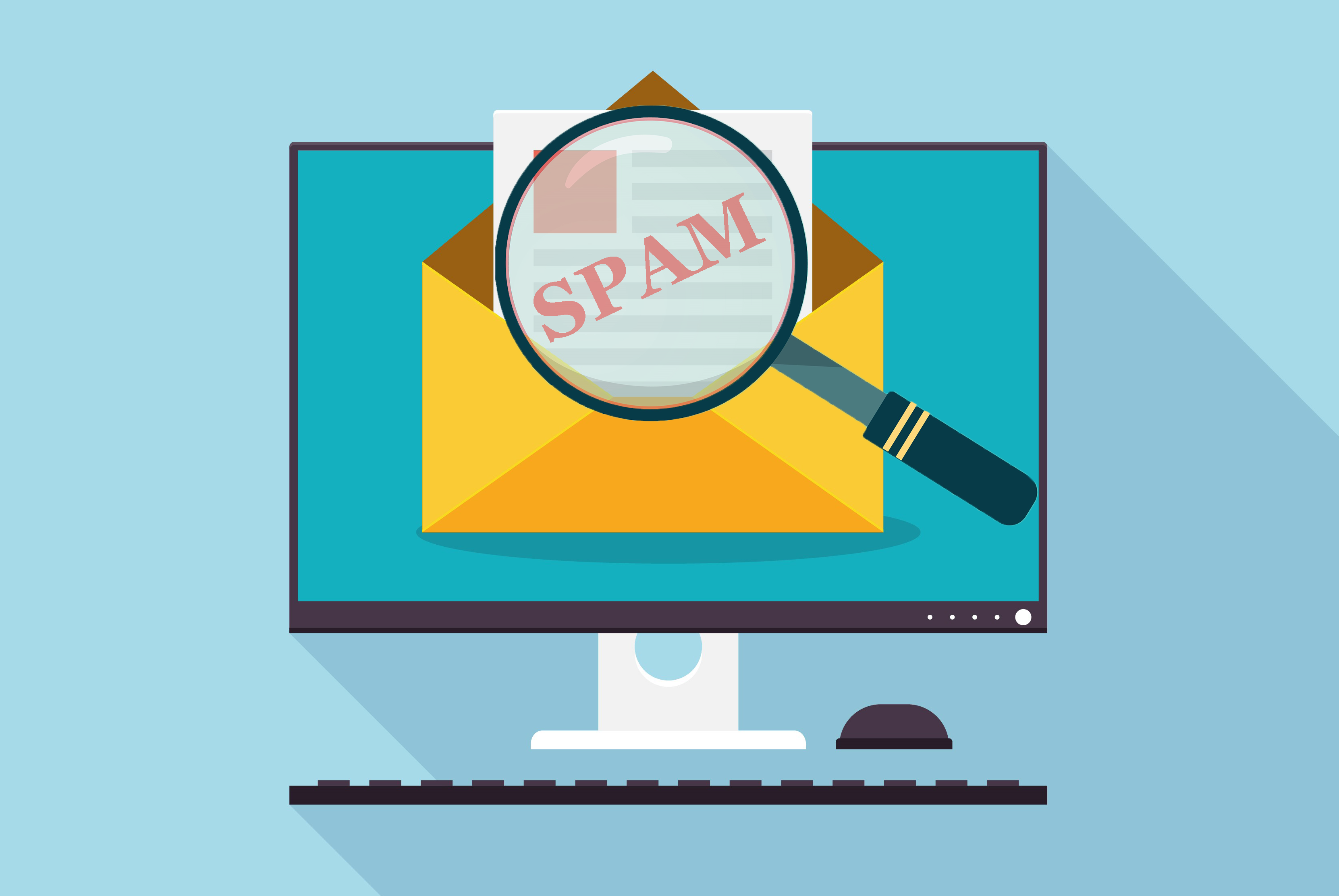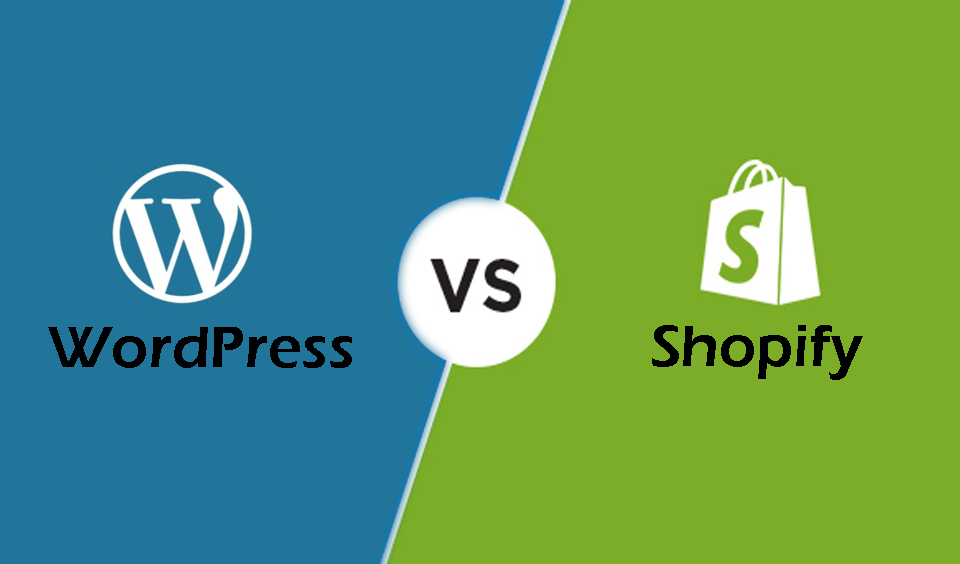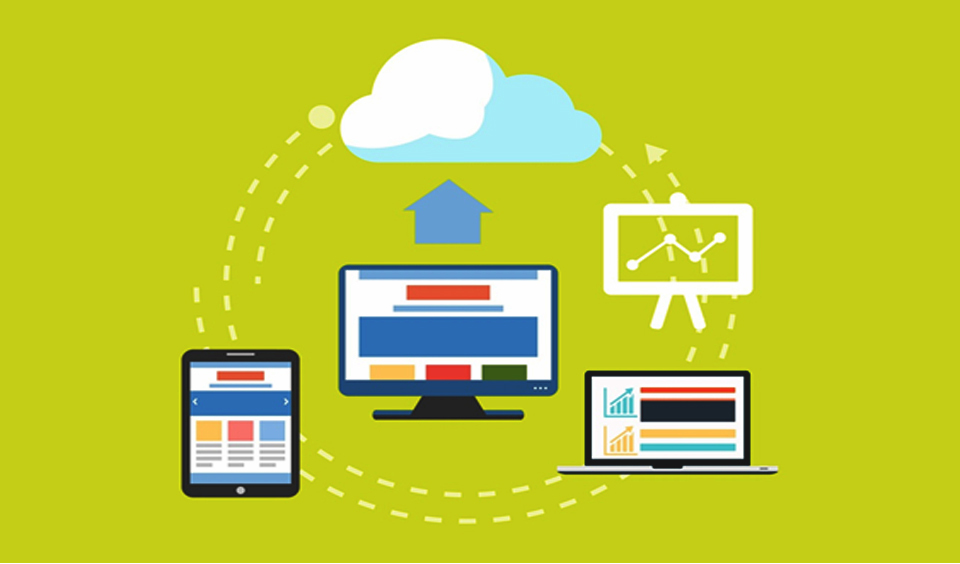Have you noticed a low open rate of your emails and newsletters to customers? This could a clear sign that your emails and ending up in the spam folder.
Emails have an inbox placement rate of nearly 85%. That’s a very impressive figure, but it still means that one of every five emails you send ends in up the spam folder or is blocked entirely.
In order to change this, you need to first figure out why it’s happening.
Why emails go to spam?
One of the mail reasons is that spam filtering has become more strict. Webmail providers want to decrease the number of spam mails, which however sometimes lead to legit mails getting stuck on spam too.
Subscribe engagement plays a big role in mail delivery. The reason is webmail providers check your recipient behavior and engagement levels before deciding which emails make it to the inbox.
You don’t have permission to email
The number 1 rule of email marketing is getting permission from your users to email them first. DO NOT buy a list of email addresses, or you are risking the violation of the GDPR which could lead to some serious penalties.
In order to get permission, you need to make an option form on your website which clearly states that visitors are subscribing to your newsletter. Also don’t manually upload emails from business cards collected at conferences and events, because this does not mean people have given their permission for receiving your newsletter.
You can however send them a follow up email of your meeting and give them the option to sign up for your newsletter then.
Your IP address was used for spam
Even if you have never sent spam emails yourself, your email can be flagged as such if someone else used your IP address for spam messages.
For example, if you are using an email marketing service to send out your campaigns, your emails are delivered thought their servers. So, if some of their customers send spam emails, this could affect your campaigns as well.
Make sure to use only a reputable email service provider in order to avoid such issues.
Low engagement rates
The top email providers have stated that one of the main factors in their spam filtering decisions is the number of emails opened and deleted without being opened.
If your open rates are low this could put your emails at risk of being flagged as spam. To avoid this, make sure to send out your campaigns at the right time, choose your subject line wisely, keep your email list fresh.
Your subscribers do not remember you
The second most common reason emails do not reach customers is complaints. The average complaint rate in 2018 was 0.39%, which is nearly double the recommended by providers 0.2 %.
Every time an email gets reported for spam, even if it’s not, this complaint is sent to the email provider. Once the complaints reach a certain limit, all future campaigns get sent directly to the spam folder.
Why would a subscriber flag your email if it’s not in fact spam? The most common reason is that they don’t remember you. They might have given you permission to email them but they don’t remember you which is why they are flagging your email.
To avoid this, make sure your mails’ content and design match your brand so that it stands out. This includes colors, images, typography, etc. Also, the “from” line should be from a name they recognize.
If your subscribers don’t remember you straight away, they will unsubscribe or mark your mails as spam.
Low mailbox usage
Another reason for bad inbox placement is the low mailbox usage.
Using their spam filtering algorthms, mail providers look at the ratio of active and inactive email accounts featured in your list. An inactive account is one that hasn’t been used in a long time or is rarely used.
If you are emailing to a large number of inactive address, this is a definite red flag for spam filters.
To prevent this, make sure to clean up your mail list in regular basis.
Also, some providers offer the feature for automated email clean-up for abandoned addresses.
Misleading subject line
A huge number of users state as a main reason for flagging emails is that they have felt cheated, deceived or tricked into opening a promotional email by its subject time. Subject lines using words like Urgent, Query or Thanks for your order! are tricky and misleading and not worth the risk of using your clients trust.
“FROM” information is inaccurate
The best practice is to always include the name your subscribers will most like remember and don’t change it often. This could be your brand name, individual, or both. Whichever option you choose, go for consistency and memorability.
You did not include the Unsubscribe link
No matter how valuable and informative you think your email campaigns are, you still need to provide an unsubscribe option for your users if don’t want to end up with complaints and even fines.
At the very bottom of your emails, make sure to include the unsubscribe link or a similar opt-out feature.
Also, when someone personally asks to be removed, you should do that as quickly as possible.
You used spam trigger words
There are certain filters which are triggered by words in the subject line or the body of your email. Some of them include:
- Amazing
- Click here
- Cancel at any time
- Congratulations
- For only ($)
- Dear friend
- Great offer
- Free or toll-free
- Increase sales
- Guarantee
- Promise you
- Order now
- Special promotion
- Winner
- This is not a spam
Your email providers probably have a build-in tool which checks your emails for spam trigger words prior to sending them. You can use ISnotSPAM, a free tool which helps you see if there are any trigger words in your content.
Your HTML emails do not follow the best practices guide
If your emails are text only, no need to worry about this. If you however, wish to send HTML emails with some branding elements included to make your emails stand out, it’s something you need to consider.
To avoid your HTML mails getting marked as spam, make sure to follow the best practices guide:
- 600 – 800 pixels maximum width. This will ensure your emails look good in most email clients.
- HTML code should be clean and simple. If you are using a template from a respectable email provider, you should be OK.
- Low image-to-text ratio. It’s good to send images in your emails, but never without text.
- Optimize images for emails. First thing you need to do is compress them. Don’t use large high-quality images or other type of files with large size.
- Avoid obscure fonts. Stick to fonts which are suitable for all platforms, such are Verdana, Arial, Times New Roman or Georgia.
- Optimize for mobile devices. Make sure to check if your emails are readable and easy to load in any mobile devises and the links included are easily pressed.
How to avoid emails going to spam?
Send emails using SMTP instead of default settings
By default WP uses the PHP mail function when sending emails. It is however, better to use the STMP as it sends messages better and you can also send emails form a 3rd party mailing service.
In order to start, install the Easy WP Plugin. It’s very popular and 100% free, let’s you connect your WordPress website to your SMTP server.
Essentially, it lets you configure the settings inside the WP dashboard. Once installed and activates, go to Settings – Easy WP SMTP to fill in the details of your SMTP server.

Add an SPF record to your domain
A SPF record is a type of Domain Name Servece TXT record which identifies the mail servers permitted to send emails on behalf of your domain.
- Go to the DNS Management page.
- At the very bottom of the Records section, click on ADD and chose TXT.
- You have the following fields which you need to fill out:
- Host – Fill in the host name for the TXT record.
- TXT Value – Enter the desired value for the record.
- Select how long you wish the server should cache the information.
- Click on Save.
Tell your subscribers to whitelist your emails
When you send out a welcome email to your new subscribers, don’t forget to tell them to whitelist emails from you.
This simple action can help you in a number of ways.
Subscribers will now know they will keep receiving the email updates they have signed up for. Also, this will significantly increase your sender reputation, and your delivery rates as well.
Tell users to “drag” emails from other tabs to the primary inbox
Despite your email not ending up in spam, users may still have trouble finding them if they went to other filters like Promotions or Social. To prevent this, give them the following instructions:
Check for the email in your Promotions tab. Then click, drag and drop to the Primary tab.

A message will appear, asking you if you wish to do this for all future emails from this sender. Click on Yes.

This will ensure your Gmail providers will always receive your emails.
Teach subscribers how to store their emails organized in a separate folder
Your emails may be important to your subscribers but they receive a lot of other mail too. Help them locate your emails more easily by teaching them how to organize them in a separate folder.
Also, keep in mind engagement is a huge factor which affects your inbox placement rate. Helping your subscribers track your emails will ensure you will stay out of the spam folder.
Spam checkers and spam filters testing
If even after following all of the above tips your emails still get in the spam folder, here is a list of some spam checkers you can use to test your emails in advance.
- Litmus. This is a simple organization tool with an included spam checkers. Some useful features include:
- Scans your emails by all major spam features prior to sending, making sure they pass.
- Keeps track of your reputation by looking at your IP addresses and any domain names which are used in your email, comparing them against known blacklists. You receive a notification if any of them can affect your delivery.
- Verifies your email authentication is properly set up.
- Gives you a spam score as well as details of why you received this score and tips on how to improve it.
- Mail Tester. Mail Tester is a free spam checker with a user-friendly interface which gives you a score 1 out 10 on a spam scale.
The downside is you need to check each email manually.
- IsNotSpam
This is a free tool which would be just as useful if you don’t have the budget for Litmus.
Each email needs to be tested individually and it lacks a comprehensive testing capability, but it will be possible to use for checking your SenderID, Sender Policy Framework and DKIM and make sure they are properly set up, as well as a SpamAssassin check score for your email.





